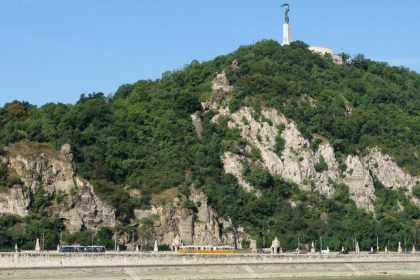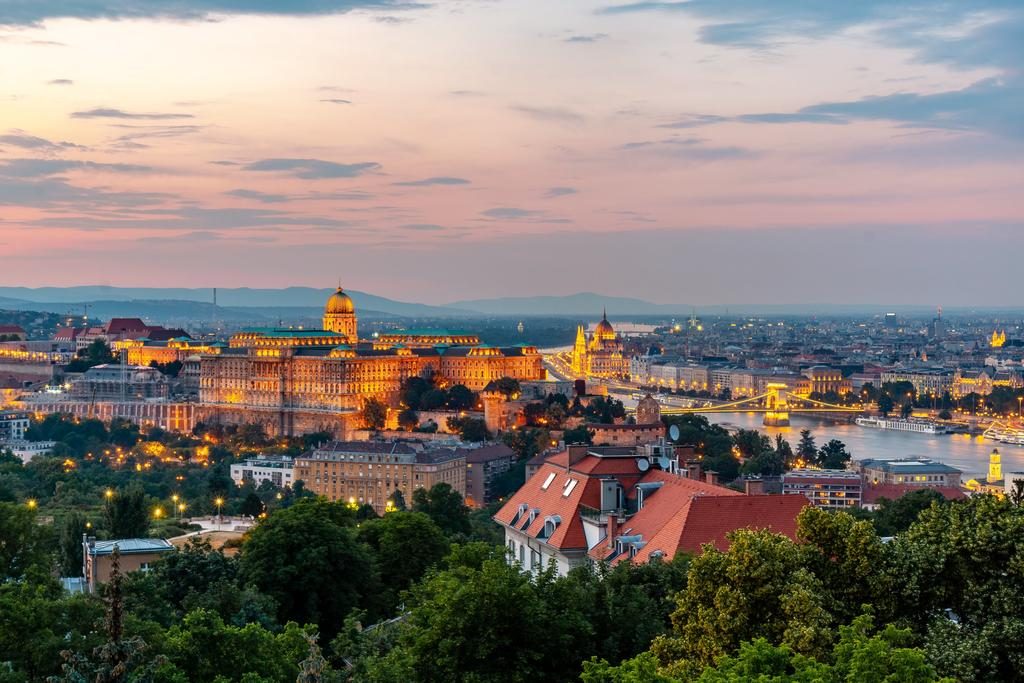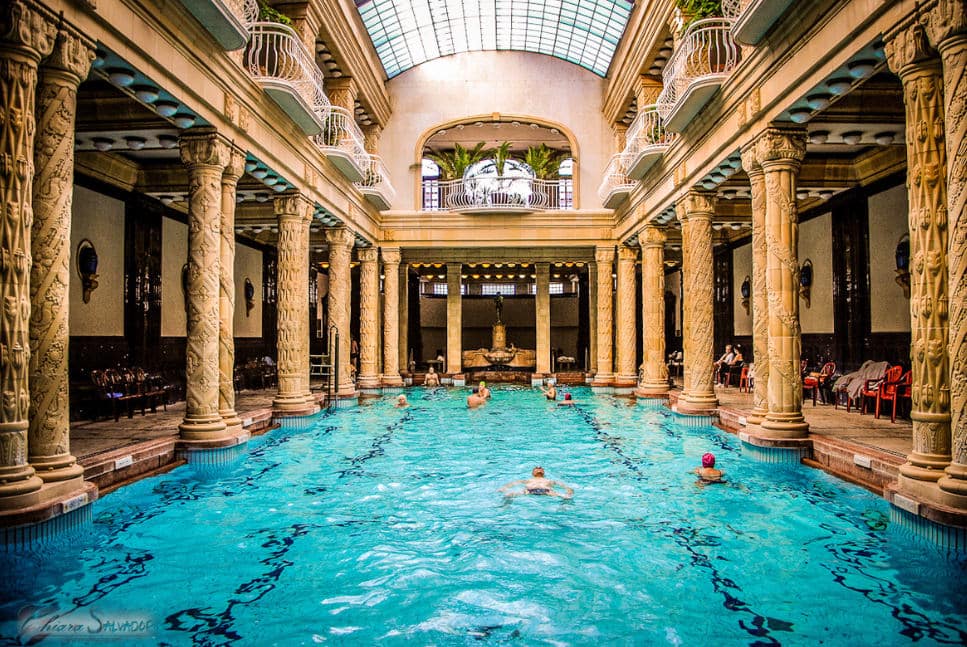

CONTACT US
1052 Budapest, Jane Haining Quay, Dock 11.
Customer support is available daily from 9:00 to 22:00.
Budapest, Jane Haining Quay, Dokk 11, 1052
Our website is currently experiencing technical difficulties.
We are working to resolve the issue as quickly as possible and apologize for any inconvenience.

Gellért Hill is a real jewel of Budapest. It has several cultural and natural values and its part of the Hungarian history is quite interesting, too. The hill is 235 m high, and it is located beside the River Danube; actually, its eastern side is bounded by the river. The other borders are the Eagle Hill, the Sun Hill, and the Castle Hill with the Buda Castle. The majority of the hill belongs to the district XI, and the rest is the part of the district I. Freedom Bridge and Elisabeth Bridge are on the two opposite sides of the hill.

Cultural treasures
On the hill, there is a fortification called Citadella Budapest. From Hungarian aspect, it means not too pleasant memories, because it was built by the Habsburg emperor in 1854, after the fail of the Hungarian war of independence. However, the fortification became the part of the World Heritage in 1987 (beside the Budapest Liberty Statue, the Castle Hill, and the view of the banks of the river).
There is also a famous statue which is worth visiting. This is the Liberty Statue Budapest which is one of the best-known symbols of the capital city. It portrays a woman who is holding a palm branch in her hands. This woman is 14 m high, and the whole statue (with its pedestal) is 40 m high. It was created by Zsigmond Kisfaludi Strobl in 1947. The Communist leaders of the country dedicated the statue to the ‘liberation’ of Hungary (liberation from the Nazis). Originally, there were also other statues around her, for example, a Soviet soldier with his machine gun, but they were removed after the Communist regime had ended in Hungary at the end of the 20th century. It is an interesting fact that a small reproduction of the statue was among the objects which Bertalan Farkas brought to space with himself. He was the first Hungarian cosmonaut. The statue occurred on more stamps issued by the Hungarian Post; firstly in 1947

Natural values
In 1997, due to its natural treasures, the hill became the part of the Duna-Ipoly National Park. Nowadays there are only a few (almost) untouched areas, but if you are dedicated, you can find some. Among the trees, hornbeams, oaks, yew trees, thujas, acacias, and ash trees are the most common. Rowanberry, holly, or briers provide a really nice spectacle. Probably the Silene flavcescens deserves the title of the ‘most special flower’ of the hill because this kind of carnation can be found only here in Hungary. If you missed its blooming, do not worry, because other items of flora, such as the Pannonian knapweed or corydalis are also amazing and colorful.
What about the Hungarian history and the Gellert hill?
The area was inhabited in the ancient Roman times: the Celts and, after the invasion, the Romans themselves founded town(s) on the hill. From the middle ages, the legend of Gerard Sagredo (in Hungarian he’s called Gellért) is well-known. He was a converter bishop and he was killed during a pagan rebellion. He was pushed down from the hill in 1046. The hill received its name for him. A few centuries later, the Turkish invasion occurred, and the Turkish established baths at the foot of the hill (thermal springs made it possible). In the 17th century, lots of people thought that witches and other evil souls usually meet on Gellért Hill. In the depth of the hill, there are caves, due to the thermal springs. The most famous of them is called Saint Ivan. It was created naturally, but it was made bigger artificially. Nowadays, there is a chapel of the Pauline Order. It is the only order which was founded in Hungary.

Gellert bath (Gellért Bath)
This famous spa is found in the district XI. It has even medieval preludes but the current thermal bath was built between 1912 and 1918, in the style of Art Nouveau. Before the Second World War, it had quite illustrious guests, such as the Dutch queen, Indian maharajas, or talented artists such as Yehudi Menuhin. During the war, some parts of it were destroyed, but later the building was renovated. The interior is really exclusive even nowadays: for example, the walls are decorated with porcelain which made in the Zsolnay manufactory.
On the other side of the Gellért Hill there is another famous thermal bath called Rudas Bath, which has a really interesting part of the Hungarian history, since this thermal bath was mentioned already in the early 14th century, because its hot thermal water was famous even far away from Hungary, and by the way Rudas bath has the hottest pool with thermal water in Budapest.
View of the Gellert Hill
Definitely one of the most romantic spot in Budapest to watch the city during day and night as well. You have a majestic, beautiful view to the Hungarian Parliament, The the Bridges of the Danube, just like the Szechenyi Chain Bridge or the Margaret Bridge with the Margaret Island as well. And of course do not forget the Buda Castle, this monumental, beautiful building along the Danube. Do not hesitate to visit Gellért Hill while your visit to Budapest to get a perfect panoramic view for a perfect picture.